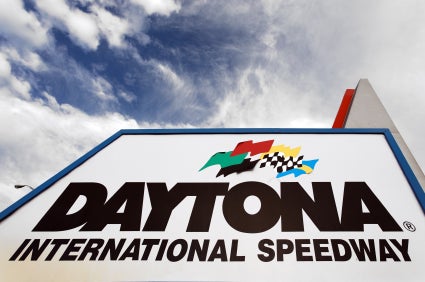 |
With the practice of text messaging becoming second nature to the younger generation—and, consequently, with their parents, too—the act of texting while driving has become a prominent public affairs issue. In fact, 35 states have banned text messaging while driving—with legislation pending in several more states.
Now, "tweeting while driving" has come to the forefront, thanks to NASCAR driver Brad Keselowski's tweets during the Feb. 27 Daytona 500. While the race was stopped after driver Juan Pablo Montoya slammed into the back of a truck during a caution lap, Keselowski—whose car was on the track but stationary—turned to Twitter to keep his fans informed. The driver was prolific in his tweets, sending out more than 40 of them, including a photo of the accident scene. As a result, Keselowski tripled his Twitter followers to more than 200,000 by the end of the race.
Granted, Keselowski didn't violate NASCAR social media rules, which state it's a no-no to tweet in a moving car. But will this practice—given the green light by NASCAR after the race—encourage regular drivers to tweet (or text) while driving nonetheless?
An unscientific survey of media coverage surrounding the tweets shows that few reporters have gone down that road. However, some comments from readers reflect concern, such as this: "…fathers everywhere tell there kids not to text and drive. Not sold." But most of the comments come from fans who are excited to get insider information during a race.
In all, Keselowski may have finished a distant 32nd in the Daytona 500, but to a big majority of race car fans and social media proponents, he was a winner.
Follow Scott Van Camp: @svancamp01
